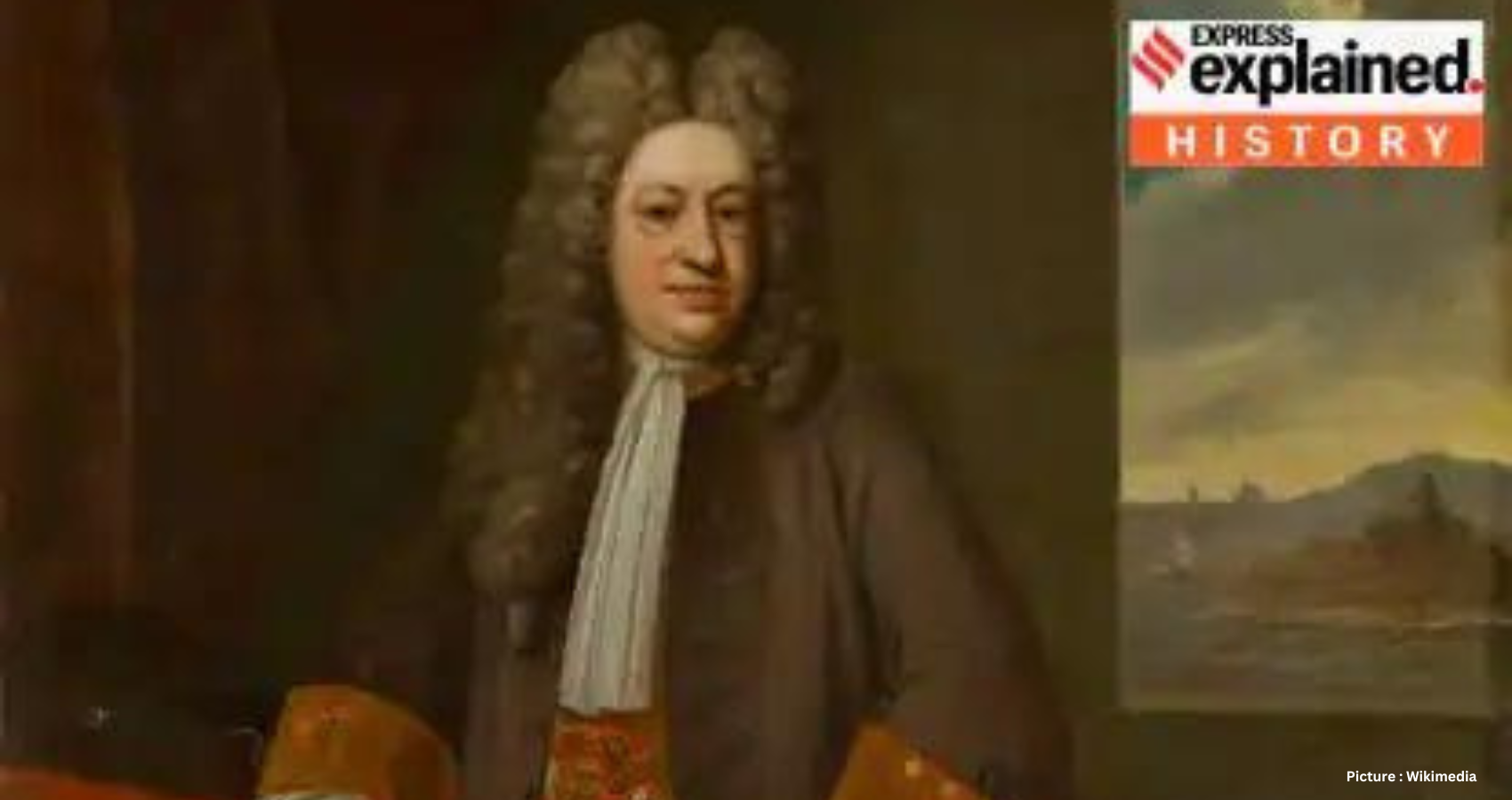Yale University has issued a formal apology for its historical connections with slavery, acknowledging its past involvement and expressing regret for the actions of its early leaders. In a statement released on February 16th, the Ivy League institution stated, “Today … we recognize our university’s historical role in and associations with slavery … and we apologize for the ways that Yale’s leaders, over the course of our early history, participated in slavery.”
This apology coincided with the publication of the book Yale and Slavery: A History, authored by Yale history professor David W Blight and the Yale and Slavery Research Project. The book delves into Yale’s dark past, shedding light on its entanglements with slavery.
One significant aspect discussed in the book is the connection between Elihu Yale (1649-1721), after whom the university is named, and India. Yale, who was born into a wealthy merchant family in Boston, Massachusetts, in 1649, spent a considerable portion of his life in India, primarily in Madras (now Chennai), where he amassed wealth through various endeavors, including the slave trade.
Elihu Yale’s journey from Massachusetts to Madras began when he joined the East India Company as a clerk in 1670. After a brief stint at the company’s London office, he was appointed as a ‘writer’ and sent to India. Arriving in Madras in 1672, Yale quickly ascended the ranks within the company, eventually serving as the governor-president of Madras from 1684 to 1685, and again from 1687 to 1692.
During Yale’s tenure, the East India Company conducted extensive trade in Madras, including commerce in spices, textiles, and unfortunately, human beings. Yale was implicated in overseeing sales and adjudications of enslaved individuals for the company. Historian Joseph Yannielli noted Yale’s involvement in the slave trade, stating that he and other company officials took advantage of labor surpluses, purchasing hundreds of slaves and shipping them to English colonies.
While the exact extent of Yale’s personal involvement in the slave trade remains unclear, it is evident that his wealth, amassed during his time in Madras, was intertwined with the purchase and sale of human beings. Although Yale primarily profited from trade in various commodities, including cloth, silks, and precious jewels, historian David W Blight emphasizes that this commerce was inseparable from the slave trade prevalent in the bustling port of the British Empire.
One poignant piece of evidence linking Yale to slavery is a painting housed at the Yale Center for British Art. The painting depicts Yale and three other men in opulent 18th-century attire, accompanied by a child, likely of African or Indian descent, wearing a silver collar indicating enslavement. Edward Town, assistant curator at the Yale Center for British Art, explained that such collars were not merely restraints but symbols of high status and enforced servitude.
Following his time in India, Yale returned to England in 1699, having amassed significant wealth through his various ventures, including illicit trade and allegations of embezzlement. Despite his controversial reputation, he became a prominent collector of art and artifacts and a generous benefactor of the Collegiate School in New Haven, Connecticut.
Established by Calvinists in 1701, the Collegiate School struggled financially until Yale’s intervention. His substantial donations, including books, a portrait of King George I, and other items, helped fund the construction of the college building. In recognition of Yale’s contributions, the Collegiate School renamed itself Yale College in 1718, cementing his legacy as one of the institution’s most significant benefactors.
Yale’s complex legacy, historian David W Blight notes that while Elihu Yale’s name adorns one of America’s oldest institutions of higher learning, it is essential to acknowledge the darker aspects of his past, including his involvement in the slave trade. Yale University’s apology serves as a step towards confronting and addressing this troubling history, ensuring a more comprehensive understanding of the university’s origins and evolution.


